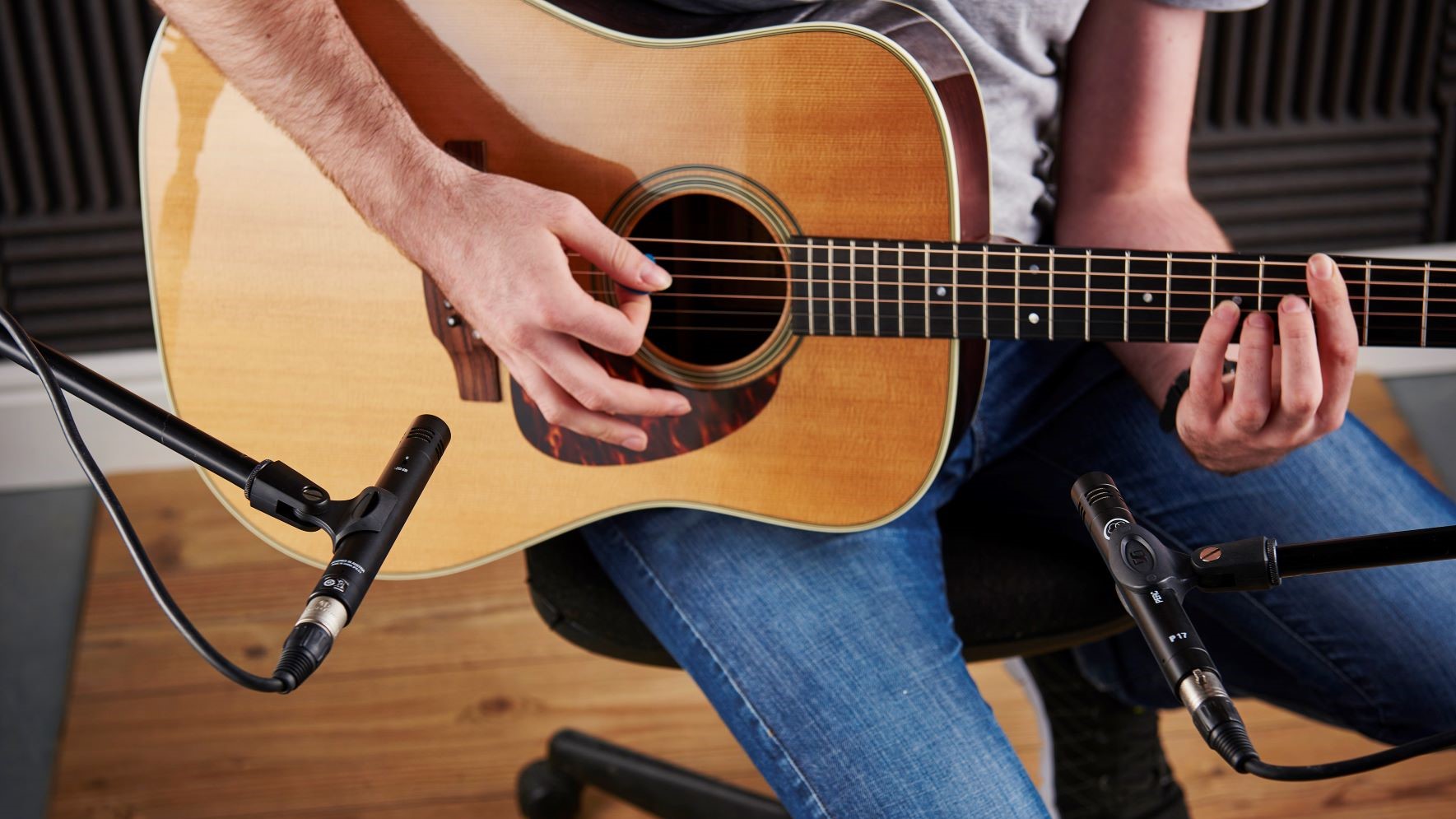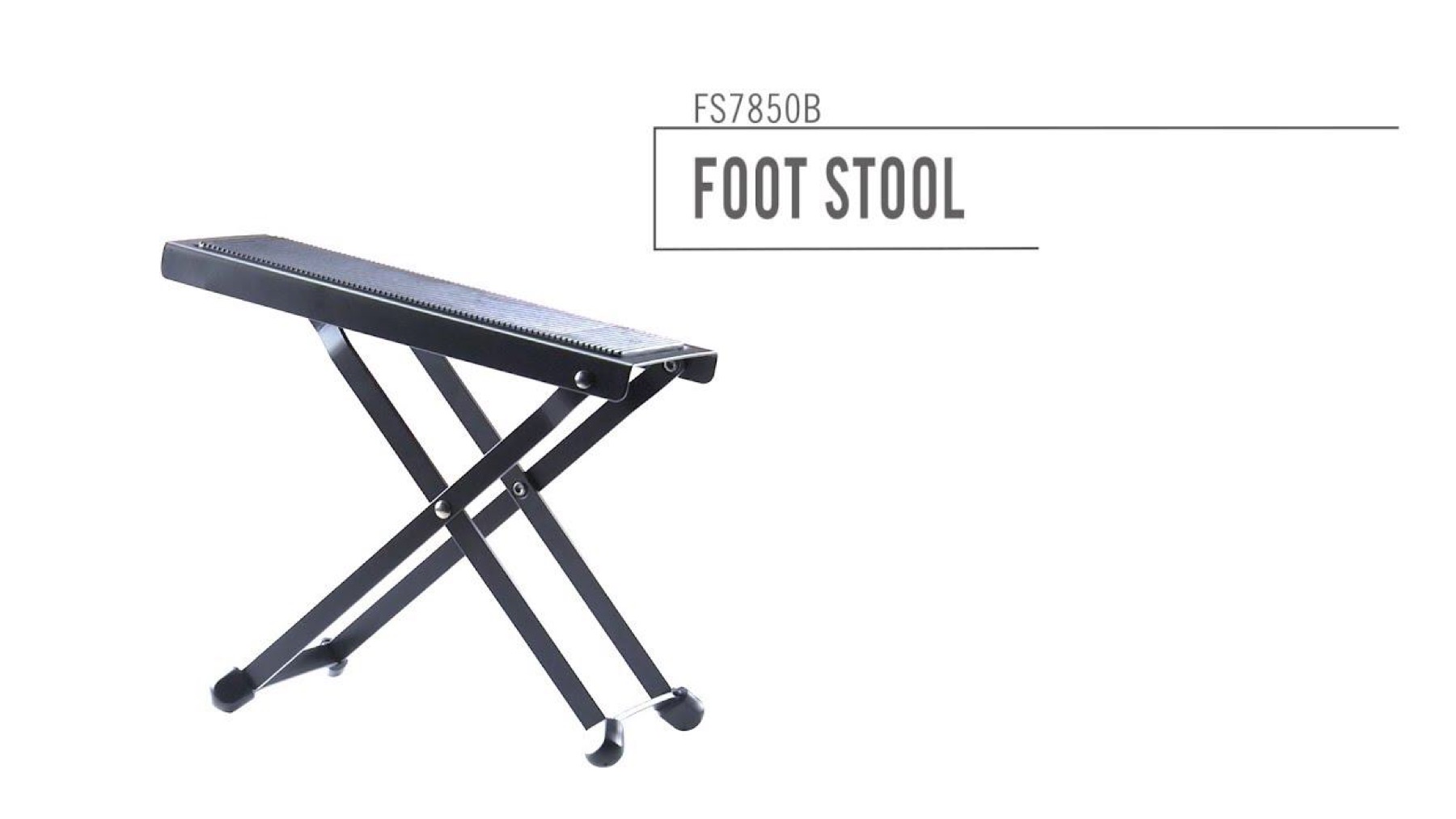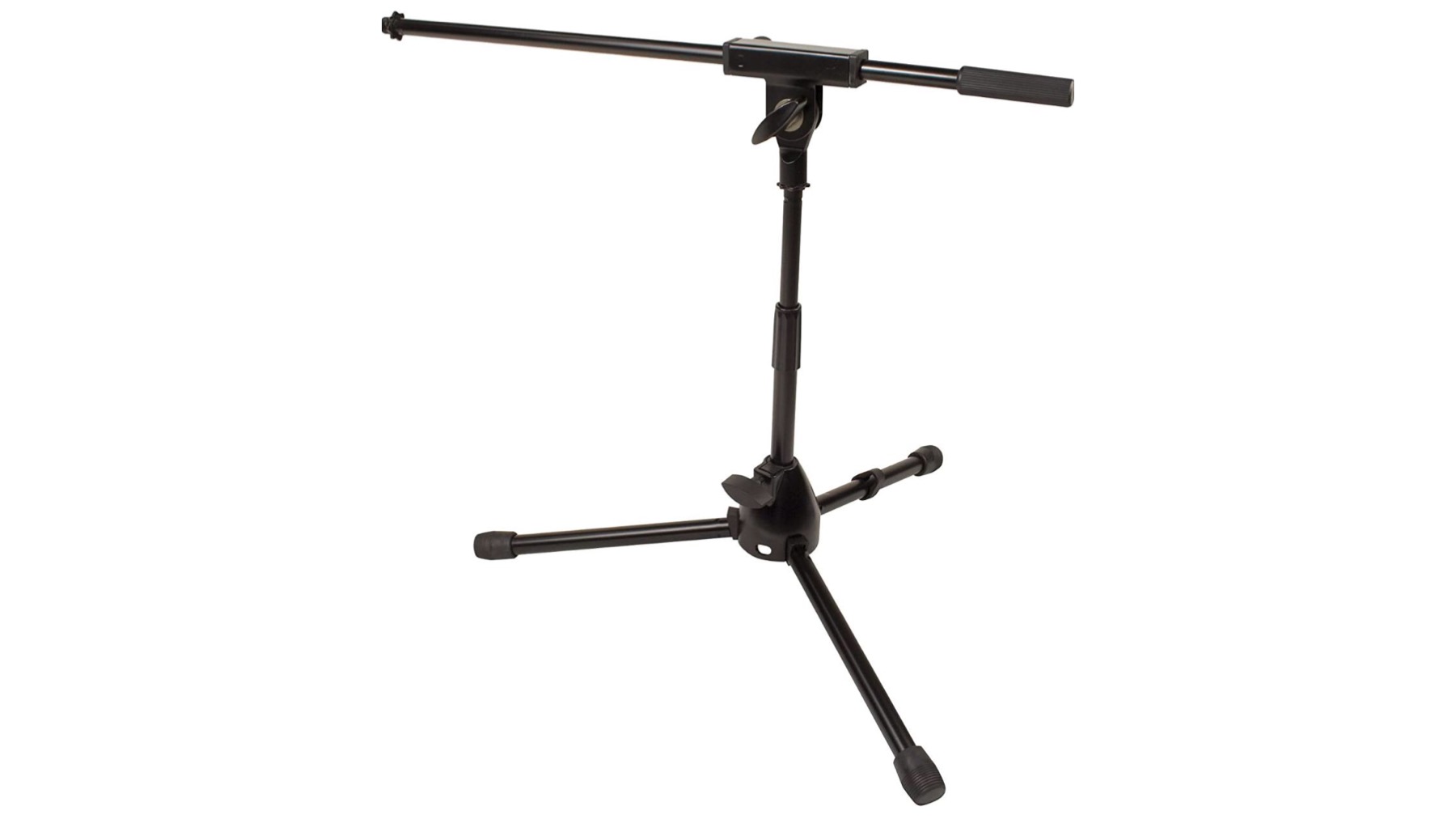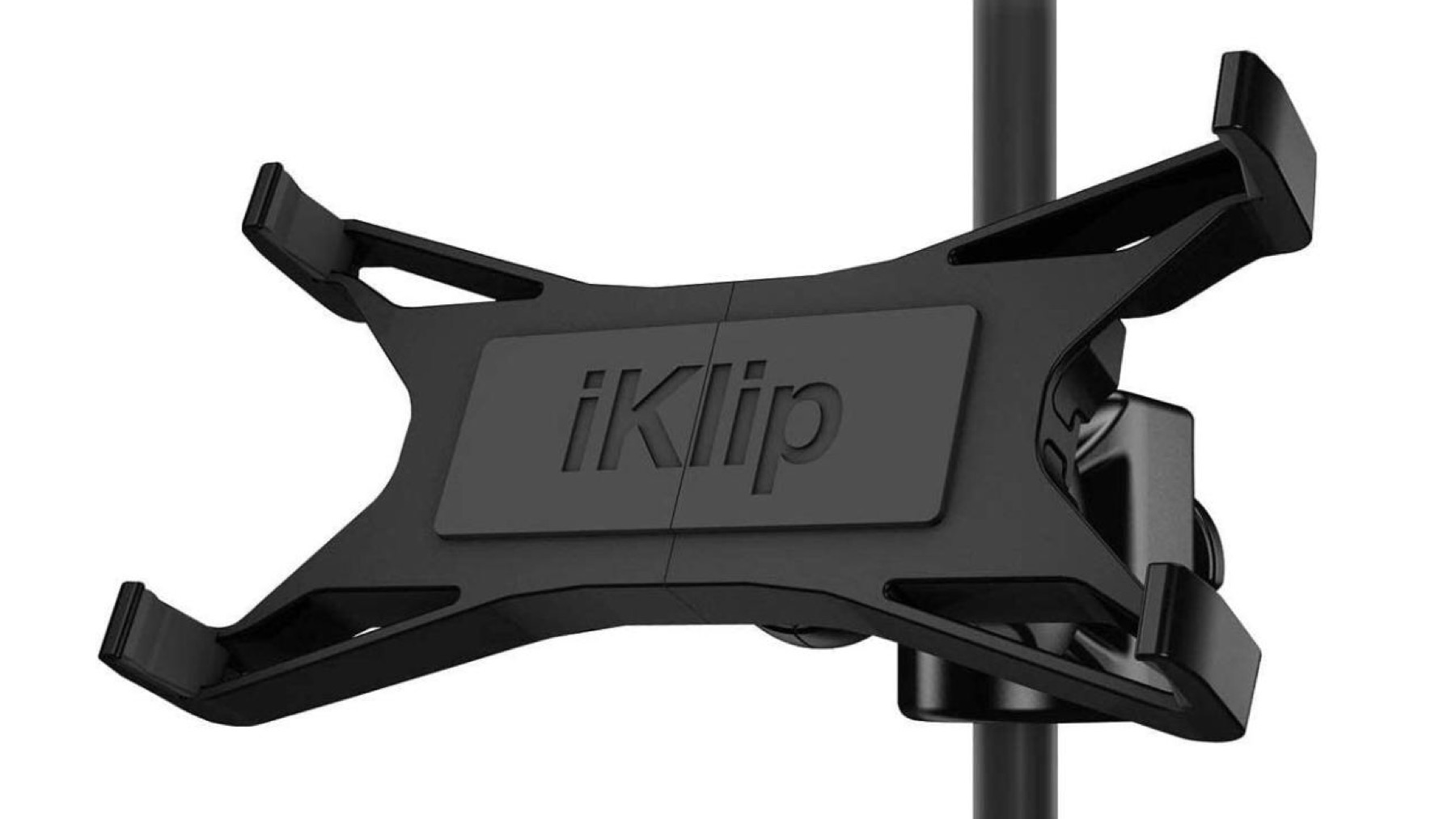Acoustic Recording Made Easy: Studio Supplements
Handy accessories that can make your acoustic recording experience more ergonomic and enjoyable.

In our previous instalment of Acoustic Recording Made Easy, we discussed the basic gear requirements for a digital home recording setup, with a focus on the needs of acoustic guitar players.
This time, we’ll discuss a few handy accessories that can make your acoustic recording experience more ergonomic and enjoyable. With all the consideration that must be given to recording gear, supplemental gear is often overlooked, but it can pay huge dividends for your workflow once you begin tracking and mixing, which we’ll delve into in further articles.
Here are a few affordable accessories that can simplify your life while you multitask as player, engineer and producer.
Captain’s Chair
Recording sessions can last for hours, and sitting for any great length of time requires a comfortable and ergonomically sound chair. Of course it should be cushioned and have either no arms or detachable arms, so that there’s nothing to get in the way of your guitar and upper extremities.
Look for a chair that has additional functionality, such as a swivel for rotation, wheels to scoot around on, and levers that let you adjust the seat height and back angle.
Footstool

Classical players know how beneficial a guitar footstool or footrest can be for positioning when executing challenging passages that require ample finger stretching. In the studio, every acoustic player should take advantage of this simple tool, which is also great to lean on when you’re situating your acoustic’s soundhole around the mic.
Like your chair, a footstool will do a better job of facilitating your needs if it’s adjustable. The good news is that guitar footstools are relatively inexpensive. The ever-ubiquitous On-Stage FS7850B streets for about $10, while the classy, solid-wood Cordoba Folding Footstool goes for under $30, and both are height adjustable.
Short Mic Stand

Get at least one short boom stand to use for your main acoustic guitar microphone, and cap it with the proper mic clip. Keep the stand set up at the ideal height so that the mic can easily be placed about one foot from the soundhole. That way, it will always be ready when inspiration strikes.
If you’re a singer/songwriter, it’s great to have a designated short stand for the acoustic so you can save your tall boom stand for placing a vocal mic up close to your mouth, where it will ensure you get the least amount of bleed into your guitar track.
Short mic stands range from Ultimate Support’s popular JamStands JS-MCFB50 with fixed boom length ($20.30 street) to the DR Pro DR259 MS1500BK low-profile stand with telescopic boom ($62.99 street) to K&M Stands’ sturdy and adjustable 25950 model ($89.99 street).
Remote Control and Stand Mount

Many digital audio workstations can be controlled remotely with a free or inexpensive app that works on a tablet or phone. This is a great way to free yourself from being bound to a desk, allowing you to set up wherever you’re most comfortable and focus intently on your playing.
Program the app to handle major functions, such as record, stop and scroll, so that you don’t have to reach for the keyboard or stretch for the mouse. Pick up a second short boom stand and a tablet or phone mic-stand clipmount to keep everything within arm’s reach.
Make sure to purchase a clipmount that fits your device perfectly, or if you already use an everyday holster for your iOS device, check out an adjustable, universal mount, such as IK Multimedia’s iKlip Xpand Universal Tablet Stand Mount ($39.99 street).
Solid Music Stand
The less accessible your desktop becomes, the more essential it is to have a good music stand nearby. It can act as a catch-all for documents, a place to hang headphones and an accessory table. Don’t rely on the collapsible-style stands designed for gigs or the old wire stand you stole from your high school’s music room. Get the most robust, adjustable stand you can afford, and set it up on the same side as your fretting hand.
Once you’ve supplemented your home studio with a few of these accessories, you’ll be ready to focus on playing and sounding your best when it comes time to hit “record.”
Get The Pick Newsletter
All the latest guitar news, interviews, lessons, reviews, deals and more, direct to your inbox!
Jimmy Leslie has been Frets editor since 2016. See many Guitar Player- and Frets-related videos on his YouTube channel, and learn about his acoustic/electric rock group at spirithustler.com.
“Write for five minutes a day. I mean, who can’t manage that?” Mike Stern's top five guitar tips include one simple fix to help you develop your personal guitar style
"It’s like you’re making a statement. And you never know where it’ll lead." Pete Thorn shares the tip that convinced Joe Satriani he was the right guitarist for the SatchVai Band










